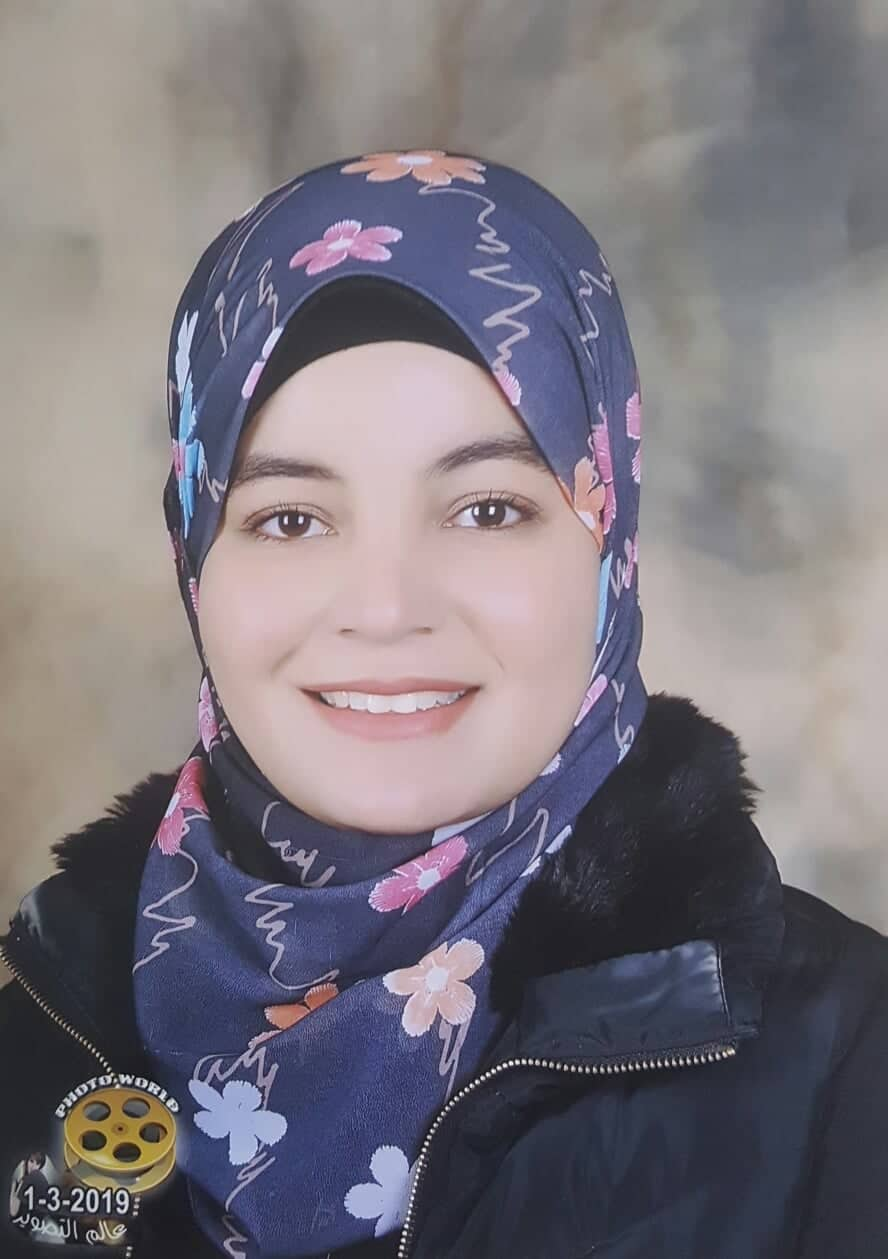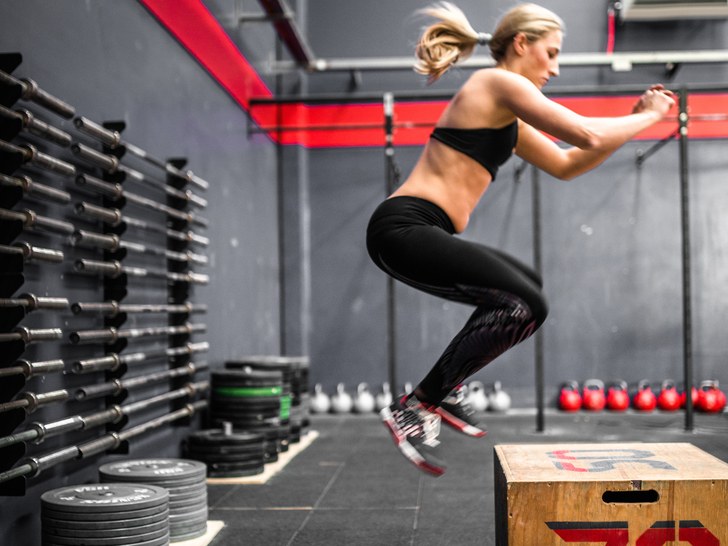Answers
1.
A. False Cells contain half to two-thirds of the total body fluid.
B. False It is the same; if it were lower, osmosis would draw water into the cells.
C. True Mainly Cl and HCO3 ; inside, the main anions are protein and organic phos- phates.
D. True Around 30:1; the intracellular ratio is about 1:10.
E. False Intracellular pH is lower due to cellular metabolism.
2.
A. False They are part of the red cell membrane.
B. False They are glycoproteins.
C. False A, B and D antigens are more immunogenic than the others.
D. False Fetal blood may elicit immune responses if it enters the maternal circulation.
E. False They are Mendelian dominants.
3.
A. True D2O (heavy water) exchanges with water in all body fluid compartments.
B. True Women carry relatively more fat than men and fat has a low water content.
C. True ADH in the extracts inhibits water excretion by the kidneys.
D. False It rises as fat stores are metabolized to provide energy.
E. True 70 per cent, the percentage in the lean body mass, is about the maximum per cent possible.
4.
A. False The normal erythrocyte lifespan is 16–18 weeks.
B. True The RES removes effete RBCs from the circulation.
C. False Most of the iron is retained for further use.
D. True The protein makes the bilirubin relatively water-soluble.
E. False Bile salts are synthesized from sterols in the liver.
5.
A. True This appears about the time of birth.
B. False This would make them blood group AB.
C. True They could inherit an A gene from the other parent to give genotype AO.
D. False B or AB are possible depending on the partner’s genes.
E. True In this case, neither parent has the B gene.
6.
A. True e.g. Thromboplastin, part of the intrinsic pathway.
B. True Vascular leaks are sealed by such platelet plugs.
C. False High Ca2 levels are not needed for haemostasis; normal levels are adequate.
D. True e.g. Serotonin (5-hydroxytryptamine).
E. False Serotonin from platelets can release vascular plasminogen activators.
7.
A. False It is a porphyrin pigment derived from haem.
B. False Bilirubin is derived from biliverdin formed from haem, not the other way about.
C. True The ‘blood–brain barrier’ normally prevents bilirubin entering brain tissue.
D. False The bilirubin–protein complex is too large to pass the glomerular filter.
E. True Light converts bilirubin to lumirubin which is excreted more rapidly; photo-therapy may be used in the treatment of haemolytic jaundice in children.


